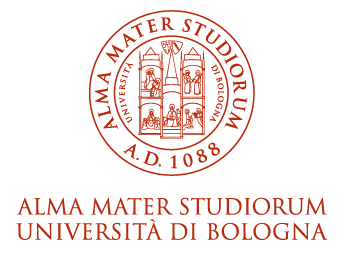- Docente: Giuseppe Catania
- Credits: 6
- SSD: ING-IND/13
- Language: Italian
- Teaching Mode: Traditional lectures
- Campus: Bologna
- Corso: Second cycle degree programme (LM) in Mechanical Engineering (cod. 0938)
Learning outcomes
Students are introduced to experimental procedures and methods for identification, design, analysis of dynamical models of mechanical systems.
Course contents
This course discusses from the experimental and numerical point of view the main techniques commonly employed in experimental identification of mechanical systems, showing that some useful results can be obtained in solving problems arising in the industrial practice. Numerical modeling techniques for multi-degree-of-freedom mechanical systems is first outlined. Discretization of continuous systems is also considered, and some techniques (FEM,spectral modeling) are briefly illustrated. Identification of structural and modal system parameters then follows, and some time and frequency-based techniques are shown, and numerical and experimental applications are outlined.
Some practical examples, concerning the application of some previously defined techniques, are also reported.
- Free and forced vibration of single and multi-degree-of-freedom systems, real and complex damping ;
- structural v/s modal model;
- experimental modal analysis (EMA): time and frequency domain identification techniques;
_ response simulations;
_ structural modifications;
_ application examples:
_ model identification and structural modification;
_ Signal analysis and processing techniques: Forier Series, DFT, FFT, continuous Fourier and Laplace transform operator. Windows, digital filtering, FRF estimate (H, H2, Hv, H3), zero-padding. Numerical simulation and real time experimental applications in laboratory.
Readings/Bibliography
References
- Bendat, J.S., Piersol, A.G., Random Data Analysis and Measurement Procedures, III ed., Wiley, N.Y., 2000;
- Bendat, J.S., Piersol, A.G., Engineering Applications of Correlation and Spectral Analysis, II ed., Wiley, N.Y., 1993;
- Bendat, J.S., Nonlinear System Techniques and Applications, Wiley, N.Y., 1998;
- Cochin, I., Cadwallender, W., Analysis and Design of Dynamic Systems, III ed., Addison-Wesley, Reading, 1997;
- de Silva, C., W., Vibrations Fundamentals and Practice, CRC Press, Boca Raton, 2000, http://www.engnetbase.com/ejournals/books/book_summary/summary.asp?id=426;
- Ewins, D. J., Modal Testing, II ed., Research Studies Press, Philadelfia, 2000;
- Fahy, F., Sound and Structural Vibration, Academic Press, London, 1985,
- Inman, D.J., Vibration with control measurement and stability, Prentice-Hall, London, 1989;
- James, M.L., Smith, G.M., Wolford, .J.C., Whaley, P.W., Vibration of Mechanical and Structural Systems, Harper & Row, NY, 1989;
- McConnell, K.G., Vibration Testing theory and practice, Wiley, N.Y., 1995;
- Meirovitch, L., Computational Methods in Structural Mechanics, Sijtoff & Noordhoff, Rockville, Usa, 1980
- Newland, D.E., Random Vibrations and Spectral Analysis, II ed., Longman, N.Y., 1984;
- Newland, D.E., Mechanical Vibration Analysis and Computation, Longman, Singapore, 1989;
- Thomson, W.T., Theory of vibration with applications, Chapman &Hall, London, IV ed., 1993
- Przemienecki, J.S., Theory of Matrix Structural Analysis, McGraw-Hill, N.Y. 1968Teaching methods
Lectures with blackboard and slides and notebook+overhead projector.
Assessment methods
Oral examination: discussion of topics listed in the program. Discussion of a specific topic or solution of a numerical application concerning mechanical vibrations with experimental application.
Teaching tools
Lectures with blackboard and slides and notebook+overhead projector.
Office hours
See the website of Giuseppe Catania
